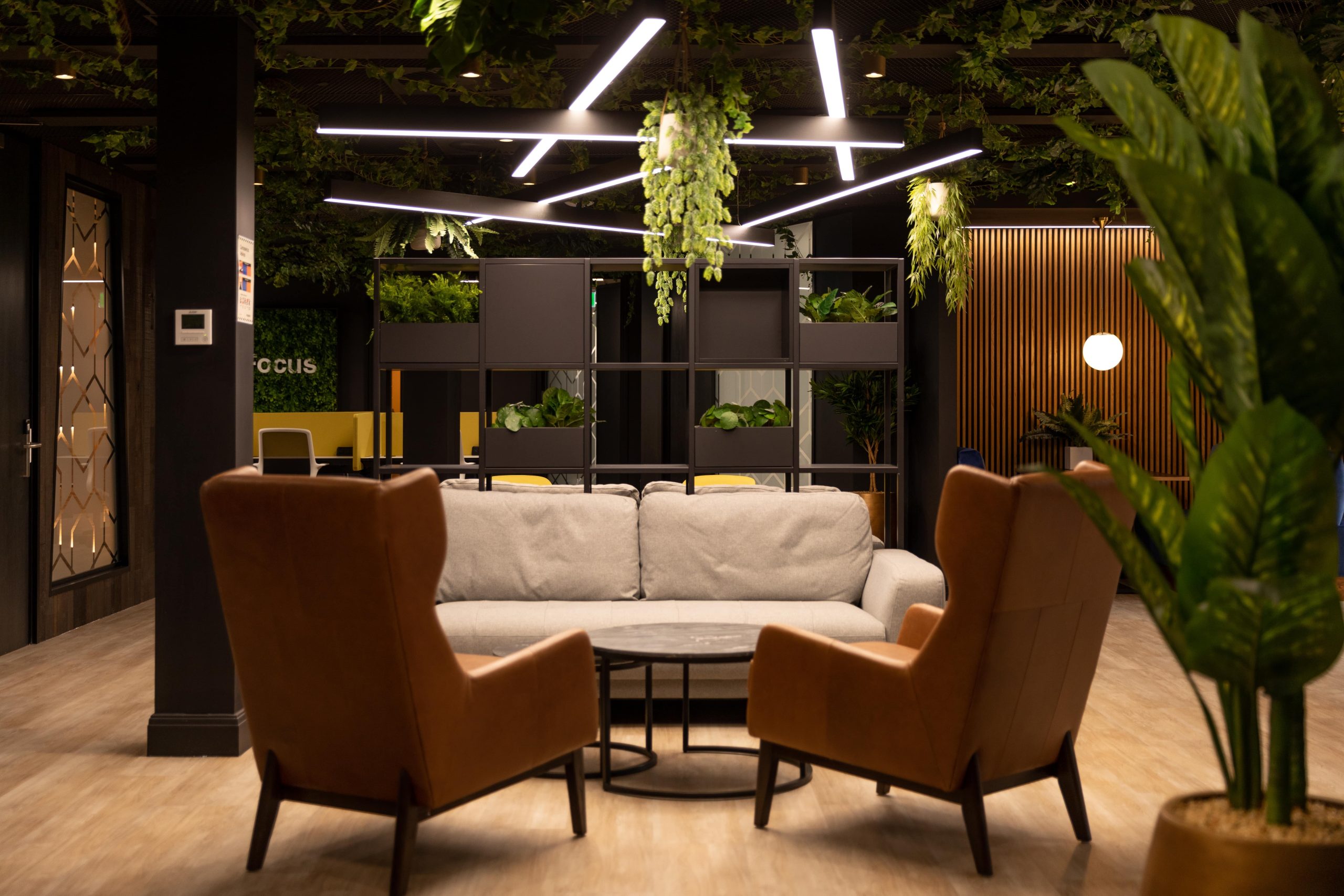In recent years, the landscape of high-street retail in the United Kingdom has undergone a profound transformation. Once bustling with shoppers, these iconic streets have faced numerous challenges that have forced retailers to rethink their strategies and adapt to an ever-changing marketplace. In this article, we will delve into the challenges brick-and-mortar stores face, explore the efforts to revitalise high streets, and examine the changing dynamics of physical retail.
The Challenges of Traditional Retail
The traditional high street, once a cornerstone of British commerce, has faced a multitude of challenges in the digital age. One of the most prominent issues has been the rise of e-commerce. Online selling sites have fundamentally altered consumer behaviour, with a significant portion of consumers now opting for the convenience of shopping from their screens. According to the Office for National Statistics, online retail sales as a percentage of total retail sales in the UK reached a record high of 36.2% in November 2020, up from 20.1% in November 2019.
This shift has left many brick-and-mortar retailers grappling with declining foot traffic and reduced sales. Empty storefronts and “To Let” signs have become all too common sights on high streets across the country. Furthermore, the COVID-19 pandemic accelerated this trend, with lockdowns and social distancing measures exacerbating the challenges faced by physical retailers.
Efforts to Revitalise High Streets
Recognising the importance of high streets as economic and cultural centres, various stakeholders have taken steps to revitalise these iconic retail hubs. Local governments, business associations, and property developers have collaborated on initiatives to breathe new life into high streets.
- Business Improvement Districts (BIDs): BIDs are public-private partnerships that allow local businesses to invest collectively in improving their commercial environment. BIDs often focus on enhancing safety, cleanliness, and marketing efforts, making high streets more attractive to shoppers.
- Adaptive Reuse of Space: Many high streets have seen creative repurposing of vacant storefronts. Pop-up shops, art galleries, community centres, and co-working spaces have all found homes on high streets, contributing to their vibrancy.
- Pedestrianisation: Several towns and cities have pedestrianised portions of their high streets to create more inviting spaces for shoppers and diners. By reducing traffic and noise, these areas become more conducive to leisurely strolls and outdoor dining.
- Digital Integration: Forward-thinking retailers have embraced technology to enhance the in-store experience. Interactive displays, augmented reality, and contactless payment options have all been used to bridge the gap between online and offline shopping.
The Changing Landscape of Physical Retail
While high streets have faced challenges, they are by no means obsolete. Physical retail is evolving to meet the demands of the modern consumer. Here are some key trends shaping the future of brick-and-mortar stores:
- Experiential Retail: Successful retailers are transforming their stores into destinations, offering experiences that can’t be replicated online. This includes interactive product displays, in-store events, and personalised customer service.
- Omnichannel Retail: Retailers are recognising the need to seamlessly integrate their online and offline channels. Many consumers now engage in “webrooming,” where they research products online before making a purchase in-store.
- Sustainability: There is a growing emphasis on sustainability and ethical practices in retail. Consumers are increasingly drawn to brands that prioritise environmental and social responsibility, and high street retailers are responding by adopting sustainable practices.
- Localism: The “shop local” movement has gained momentum, with consumers showing a preference for supporting small businesses and local artisans. High streets can capitalise on this trend by promoting their unique local offerings.
In conclusion, the challenges faced by high street retailers in the UK are undeniably significant, but they are not insurmountable. Efforts to revitalise these beloved shopping districts are underway, with innovative strategies and collaborations taking shape. Moreover, the changing landscape of physical retail offers opportunities for those who can adapt and provide compelling in-store experiences.
The future of high street retail lies in a dynamic blend of online and offline strategies, experiential shopping, sustainability, and community engagement. As high streets evolve, they can continue to play a vital role in the economic and cultural fabric of the United Kingdom, offering something that e-commerce alone cannot replicate – a sense of place, tradition, and human connection.
Author: Khaja Hussain – CEO & Co-founder of Grozeo
About Grozeo
Grozeo, a UK-based retail technology company, champions innovation and accessibility. In an era where e-commerce behemoths cast a daunting shadow over neighbourhood stores, Grozeo has emerged as a beacon of hope for businesses of all sizes. Their mission? To democratise technology.
Grozeo empowers retailers, irrespective of their financial constraints, with cutting-edge tools and solutions, levelling the playing field and enabling smaller enterprises to thrive. Their commitment extends beyond mere technology provision; it’s about bridging the divide between online and offline shopping. Grozeo facilitates this by offering affordable point-of-sale systems, inventory management software, and customer relationship tools.






